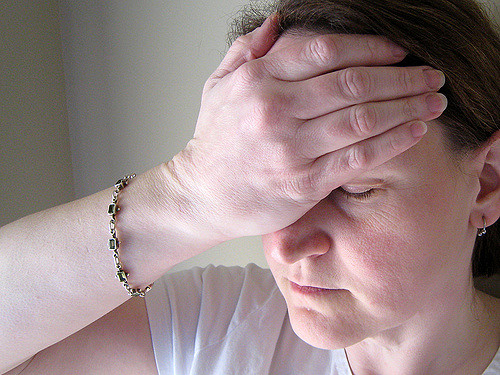
We’re hearing more and more about the dangers of brain injuries, especially in sports. While the physical nature of these injuries often take the forefront, brain injury survivors must also deal with the emotional and social repercussions of their injuries. To mark Brain Injury Awareness month, we delve into social science research on how recovery from a brain injury involves changes to identity, social relationships, and everyday routines.
Post-injury, brain injury survivors must learn to adapt to the changes their injury caused — this could mean relearning how to walk or eat, learning to rely on others for help, and taking more breaks during the day. With these changes to daily life, many survivors believe their identities change too — and they must construct or reconstruct a new version of themselves. And while they retain aspects of their old selves, many survivors view their new identities as separate pieces. For example, brain injury survivors may distinguish between their new “brain injured self,” an “old self,” and a self that does “meaningful” activities, like parenting, helping others, paid work, art, or gardening. The process of healing and therefore the process of constructing a new self is not linear — like riding a rollercoaster, survivors get better for a while and then backtrack, then getter better, and so on. Consequently, a large part of accepting a new self also involves accepting an unpredictable future.
- Laura Lorenz. 2010. “Discovery a New Identity after Brain Injury.” Sociology of Health & Illness 32(6): 862-869.
- Jonathan Harvey. 2017. A Sociological Approach to Acquired Brain Injury and Identity. Routledge.
- Diane J. Chamberlain. 2006. “The Experience of Surviving Traumatic Brain Injury.” Journal of Advanced Nursing 54(4): 407-417.

Comments